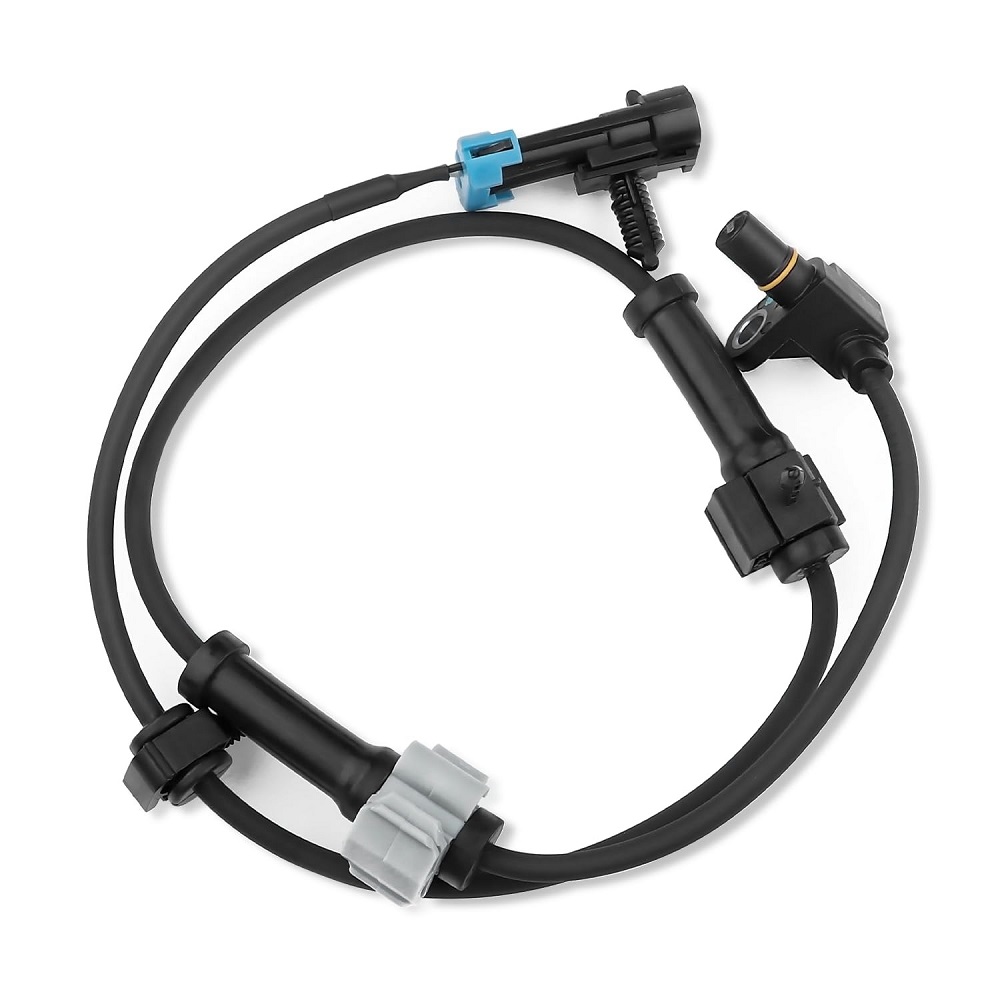Anti-lock Braking Systems (ABS) are critical components in modern vehicles, designed to enhance safety and improve braking efficiency. One of the essential parts of the ABS is the ABS sensor. This small, but powerful device plays a significant role in helping drivers maintain control during emergency braking situations. Understanding how the ABS sensor works and its importance can help vehicle owners appreciate the technology that keeps them safe on the road. In this article, we will explore what the ABS sensor does, how it works, and why it is vital for your vehicle’s overall performance.
What is an ABS Sensor?
Definition and Function
The ABS sensor is a vital component of a vehicle’s anti-lock braking system. Its primary function is to monitor the speed of each wheel and detect any discrepancies between the wheels during braking. When the ABS sensor identifies that a wheel is about to lock up—meaning it is about to stop turning while the vehicle is still in motion—it signals the ABS control module to intervene. This intervention helps prevent the wheels from locking, allowing the driver to maintain steering control during hard braking.
Types of ABS Sensors
There are two main types of ABS sensors: active and passive. Active sensors typically utilize a magnet and a reluctor ring to generate electrical signals that measure wheel speed. They provide more accurate data to the ABS control module. Passive sensors, on the other hand, generate a signal based on the magnetic field created by the wheel’s rotation. While both types serve the core purpose of measuring wheel speed, active sensors are increasingly favored in newer vehicle models because of their higher precision and reliability.
Location in the Vehicle
ABS sensors are commonly located near the wheel assembly. Each wheel typically has its dedicated ABS sensor that continuously monitors its speed. In some systems, particularly those using a two-channel or three-channel configuration, the sensors may only be installed on the front wheels. In contrast, systems employing a four-channel configuration will utilize one sensor for each wheel separately, allowing for better performance and control during individual wheel braking.
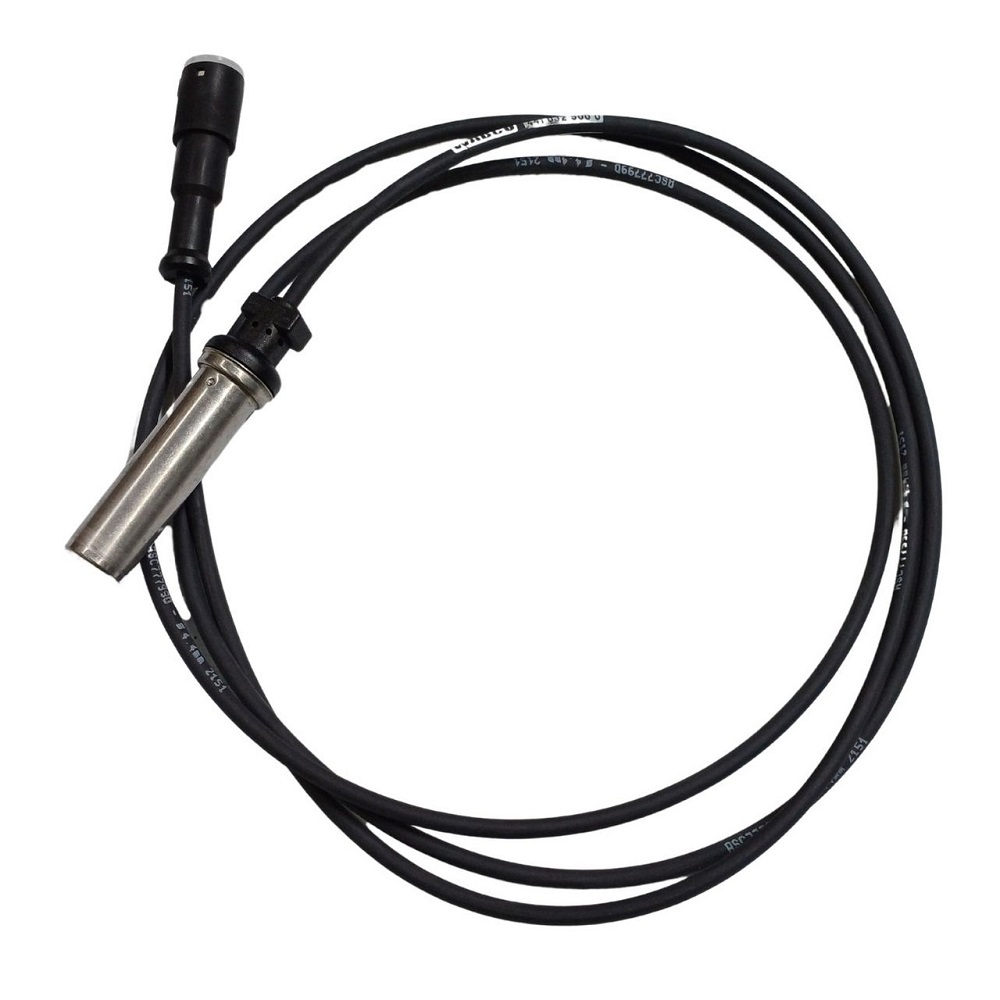
How ABS Sensors Work
Wheel Speed Detection
The primary function of the ABS sensor is to detect wheel speed. Sensors are positioned in a way that they can reliably monitor the rotation of each wheel. As the vehicle moves, the wheels turn, and a signal is generated based on their speed. This wheel speed data is crucial for the ABS system to function effectively. The faster the wheel spins, the higher the signal frequency sent to the ABS control module.
Sending Data to the ABS Control Module
Once the ABS sensor collects wheel speed data, it transmits this information to the ABS control module. This module is the brain of the ABS system and constantly analyzes the signals received from each sensor. By comparing the wheel speeds, it can determine if a wheel is decelerating more quickly than others—a sign that it is about to lock up. If such a situation is detected, the control module activates the ABS system to modulate the brake pressure accordingly.
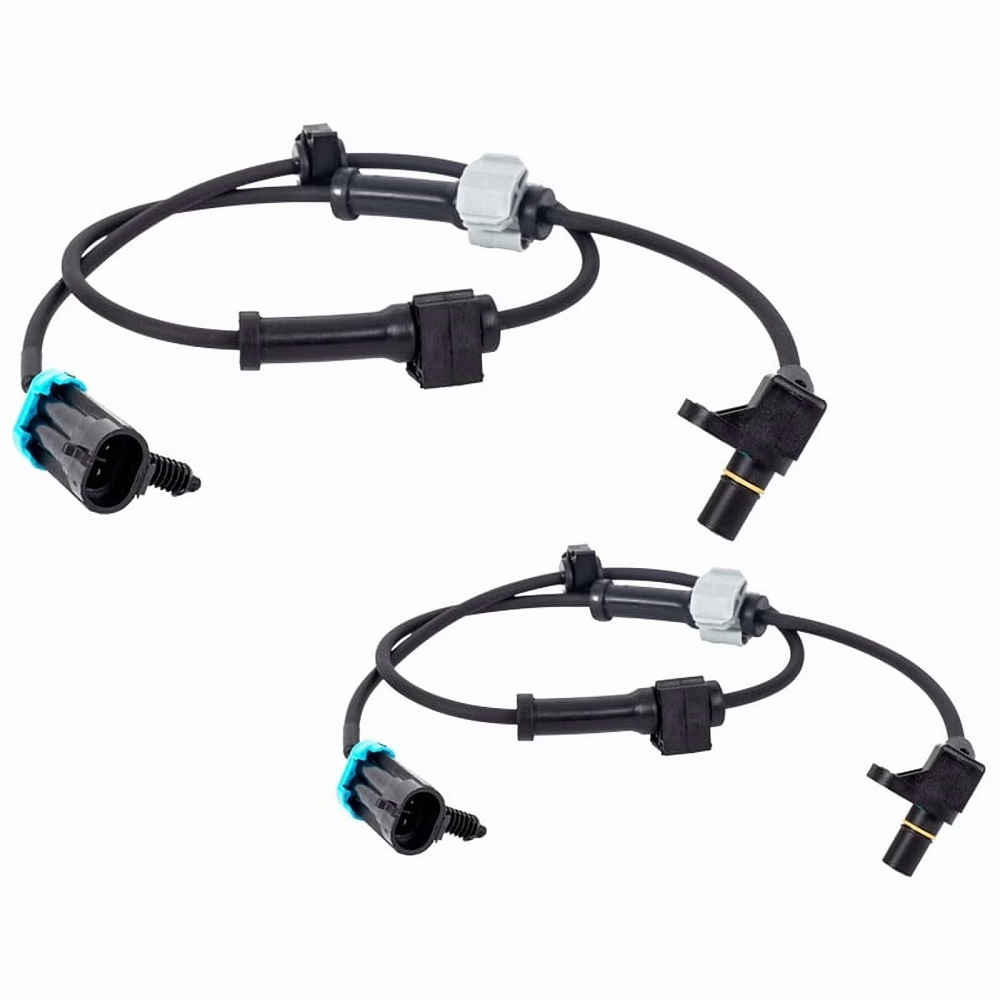
Modulating Brake Pressure
The ABS system prevents wheel lock-up by rapidly modulating brake pressure. When the ABS control module intervenes, it signals the hydraulic modulator to pump brake fluid to individual wheels. The modulator adjusts the pressure, allowing the wheel to continue turning, which, in turn, enables the driver to maintain steering control. This process happens extremely quickly—up to 15 times per second—allowing for effective braking even in challenging conditions.
Importance of the ABS Sensor
Enhancing Safety
One of the most significant benefits of the ABS sensor is its contribution to vehicle safety. The ability to prevent wheel lock-up during hard braking is crucial, especially in slippery conditions such as rain, snow, or ice. When a driver slams on the brakes, the ABS system keeps the wheels from locking, allowing the driver to maintain control and steer away from potential hazards. This added control can make a remarkable difference in emergency situations, reducing the likelihood of accidents.
Improving Vehicle Stability
The ABS sensor plays a role in enhancing overall vehicle stability. When wheels lock up during braking, it can lead to a loss of steering control, resulting in skidding or swerving. With ABS functioning effectively, the stability of the vehicle is improved. This is especially important during emergency maneuvers or when navigating sharp turns while braking. A stable vehicle is easier to control, reducing the risk of losing control in high-stress situations.
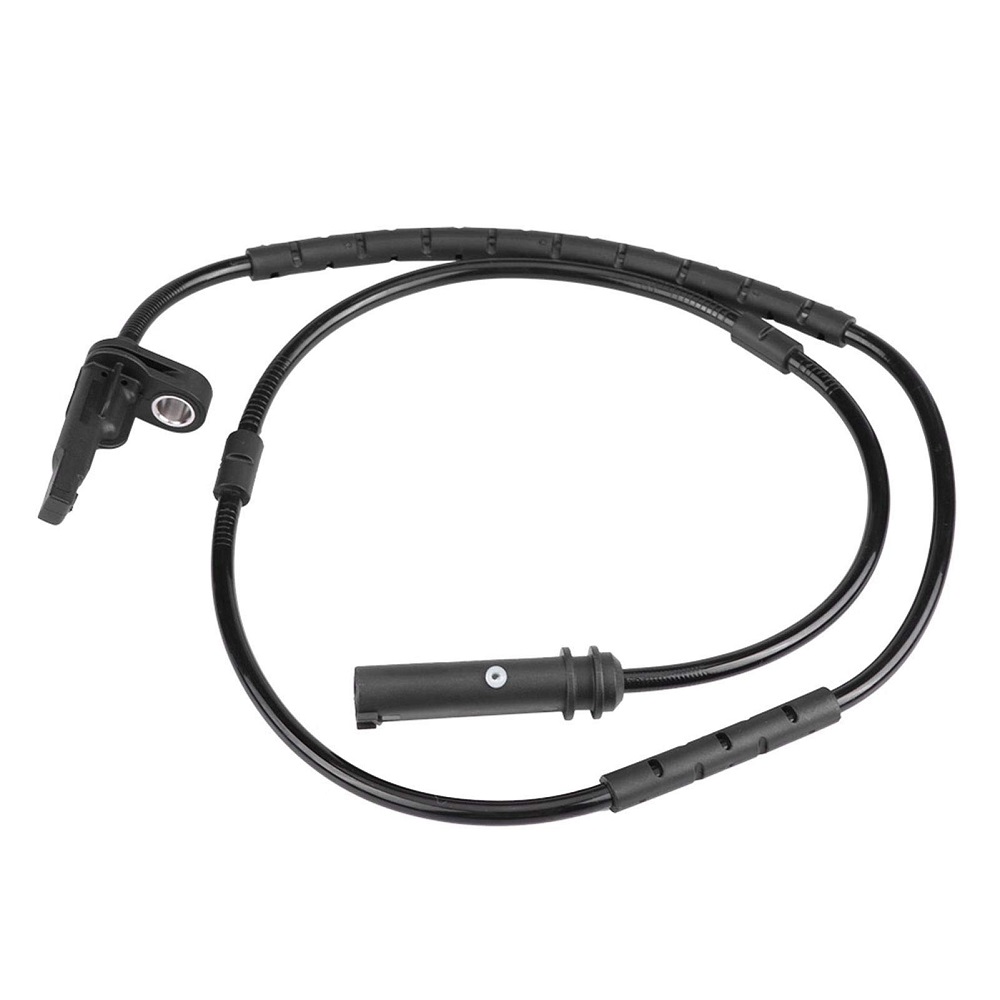
Reducing Stopping Distances
Contrary to common belief, ABS can help reduce stopping distances in certain conditions, particularly on slippery surfaces. While traditional braking methods can lead to lock-up and longer stopping distances, ABS allows for effective braking without wheel lock. In many cases, this results in a more controlled and quicker stop, thereby enhancing safety. A vehicle equipped with an effectively functioning ABS system often performs better in avoiding collisions during emergency braking scenarios.
Common Issues with ABS Sensors
Sensor Failure
Like any vehicle component, ABS sensors can experience wear and tear over time. A common issue is sensor failure due to exposure to dirt, moisture, or physical damage from debris on the road. When an ABS sensor fails, it can lead to inaccurate wheel speed readings. This may deactivate the ABS system, resulting in increased stopping distances and a loss of control. Regular inspections can help catch such issues before they lead to malfunction.
Warning Signs
Drivers should be aware of warning signs indicating that there may be a problem with the ABS sensor or system. Common indicators include the ABS warning light illuminating on the dashboard, strange noises during braking, or a pulsing sensation in the brake pedal. If you experience any of these symptoms, it’s crucial to have your vehicle checked by a qualified mechanic. Addressing issues promptly ensures the proper function of the ABS system, leading to improved safety on the road.
Maintenance Considerations
While the ABS sensor is durable, regular vehicle maintenance is essential to keep it functioning optimally. This includes routine inspections of the braking system, including checking the wiring and connections associated with the ABS sensor. Additionally, keeping an eye on the brake fluid levels and ensuring the system is free of leaks are vital maintenance tasks. Proper care helps prolong the life of the ABS system, including the sensors.
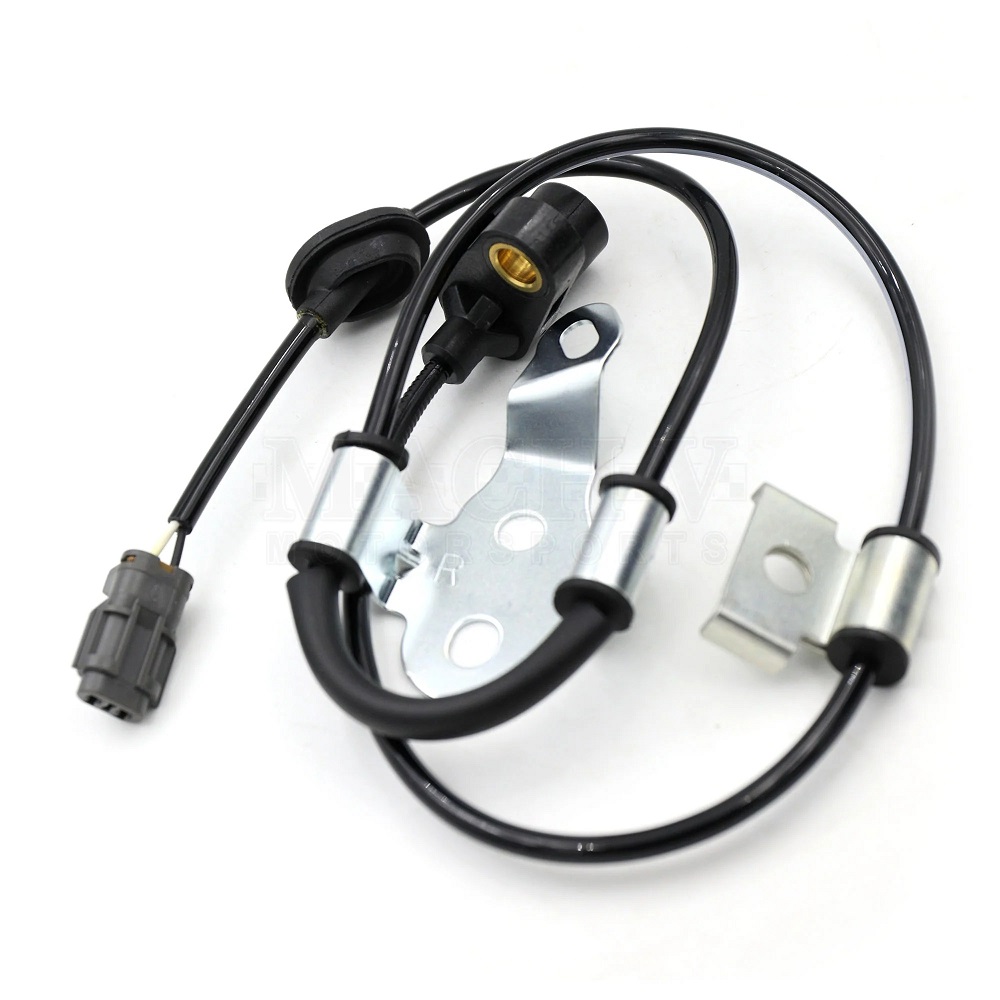
Upgrading Your Vehicle’s ABS System
Aftermarket Options
Many vehicle owners consider upgrading their ABS systems for enhanced performance. Aftermarket ABS sensors and systems are available, offering improved responsiveness or greater precision compared to original equipment. Upgrading can provide added peace of mind, especially for drivers who frequently navigate challenging driving conditions or who engage in performance driving. However, research is essential when selecting aftermarket components to ensure compatibility and reliability.
Professional Installation
When upgrading the ABS system or replacing sensors, professional installation is often recommended. Technicians have the expertise and specialized tools to install ABS components correctly, ensuring they function as intended. Proper installation minimizes the risk of faults that could compromise safety. Investing in professional services may save money and headaches in the long run.
Benefits of Modern Systems
Modern ABS technology is continually evolving. Newer systems offer enhanced features, such as electronic stability control (ESC) and traction control, which work in conjunction with the ABS to improve vehicle safety. Upgrading to a more advanced system can provide better control and performance under various driving conditions. As technology continues to advance, staying informed about the latest updates in ABS systems can enhance your vehicle’s safety and performance.
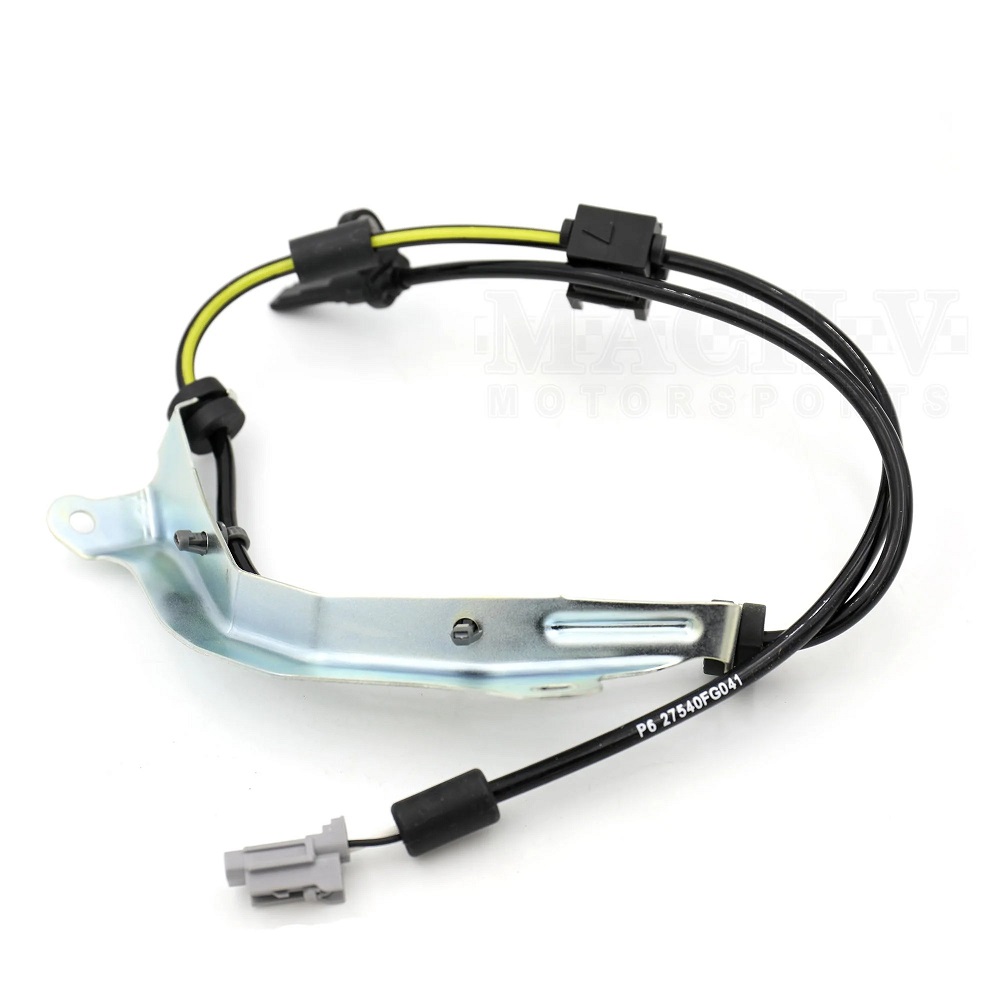
Conclusion: The Essential Role of ABS Sensors
An Integral Part of Vehicle Safety
In conclusion, the ABS sensor is a critical component of your vehicle’s safety system. Its ability to monitor wheel speed and communicate with the ABS control module significantly impacts the effectiveness of emergency braking. By preventing wheel lock-up, the ABS sensor allows drivers to maintain control over their vehicles, especially in adverse conditions.
Awareness and Maintenance
Being aware of how your ABS system functions, including the role of the ABS sensor, can empower you as a vehicle owner. Knowing how to know if an ABS sensor is bad is crucial for maintaining your vehicle’s safety. Common signs of a faulty sensor include the ABS warning light on your dashboard, longer braking distances, or even unusual vibrations or noises during braking. Regular maintenance and prompt attention to these warning signs will help ensure your braking system operates effectively. Embracing the importance of understanding such issues not only keeps you informed but also contributes to your overall safety on the road.
Investing in Safety
Investing in a reliable ABS system, including high-quality sensors, is an investment in peace of mind. Whether you are a casual driver or an avid enthusiast, understanding the significance of the ABS sensor and maintaining it properly will enhance your driving experience. By doing so, you ensure that you can navigate the roads safely, knowing that advanced technology is there to help when you need it most. Stay informed, stay safe, and enjoy the journey ahead!
